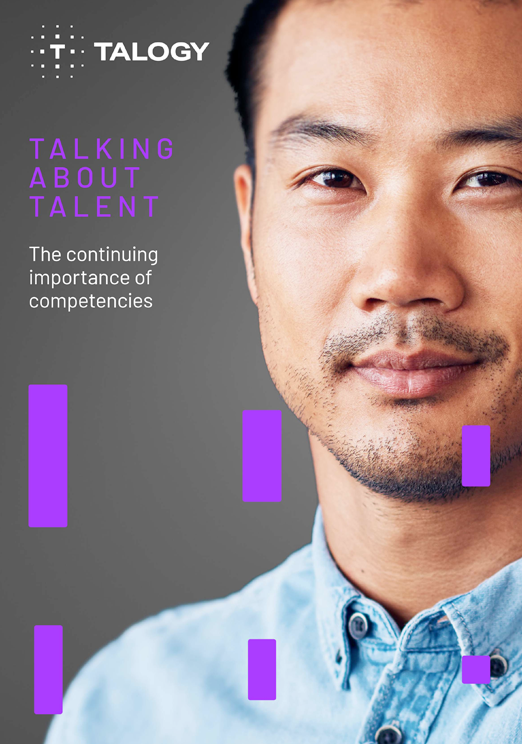We have witnessed the “death” of the archetypal salesperson; first, he simply evolved to fit the changing times. Willy Loman became Alec Baldwin’s Blake (A: Always, B: Be, C: Closing) of Glengarry Glen Ross, but, as the 20th Century came to a close, a seismic shift occurred. In the ultimate role-reversal, the era of the Sophisticated Customer emerged, rendering earlier powerbroker-type sales professionals mostly obsolete.
Of course, the sales profession didn’t perish; it’s just that the power now lies in the hands of the customer, and businesses are attempting to reshape their salesforces to align with a savvy buyer.
Caliper Director of Account Development Daisy Lambert notices that “consumers, because of such easy access to information—accurate or otherwise—are more informed. In sales, you have to be prepared and truly understand and believe your value proposition … you have to understand your consumer and your go-to-market strategy. Salespeople need to be more creative and knowledgeable.”
Relationship-building, persistence, and an ability to get one to “sign on the line which is dotted,” will always be crucial components of sales effectiveness. Now, though, sales teams are frequently being asked to take part in a more strategic process, one in which the customer can perform global price comparisons and research competitors’ products instantaneously.
“The relationship aspect has always been very important,” says Kai Faltot, Director, Account Development at Caliper, “but with the informed buyer, it holds that much more weight. The salesforce as a whole also has to be more intelligent. Not only did they always have to be quick on their feet, but they’ve got to have that ability not to lose the interest of the client in a world of immediate gratification.”
Just as Caliper must adjust to the changing needs of its clients, businesses are making similar course corrections with their sales teams. But how do you know where to turn and what transition to make, exactly? After all, success looks different in each field, and sales cycles, company cultures, and products are all unique.
Changing a business culture can be difficult, but Director of Account Management Anne Bartschat notes Caliper can guide a business, through the use of precision-based competency-driven reports, in getting to the heart of what drives success in a specific role.
“Sometimes, businesses have a competency model, but it reflects the current condition, not the future state they want to achieve, so we work with them to update the information and link our reports to the new competency framework,” Bartschat says. “When we see what their future state looks like, we can work with them to bring in the right people.”
Lambert notes that “Caliper can help in two simple ways. First and most important is helping a manager gain insight on the potential type of person they are getting. The second is the job match. We help you understand if a person’s personality and competencies align with the job’s business needs. The report/verbal consultation combo enhances the ‘Are they a fit?’ question with ‘Why or why not?’”
After using a more data-driven and culture-specific tool, you will acquire an even greater self-awareness, understanding your existing company culture and determining precisely what you need to look like in order to thrive. After marrying Caliper’s competency models to your unique business framework, you can develop the sophisticated salesforce you need in 2016 to engage with a more knowledgeable and savvy buyer.

